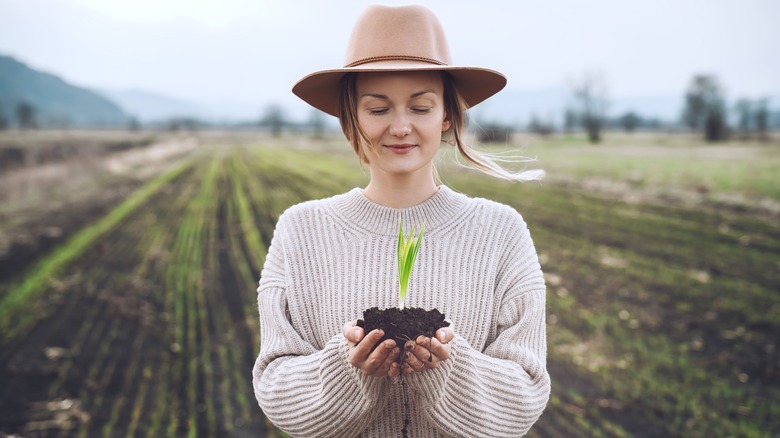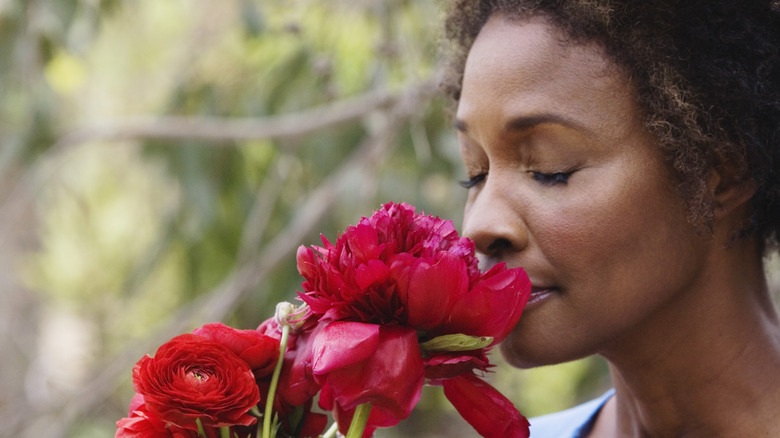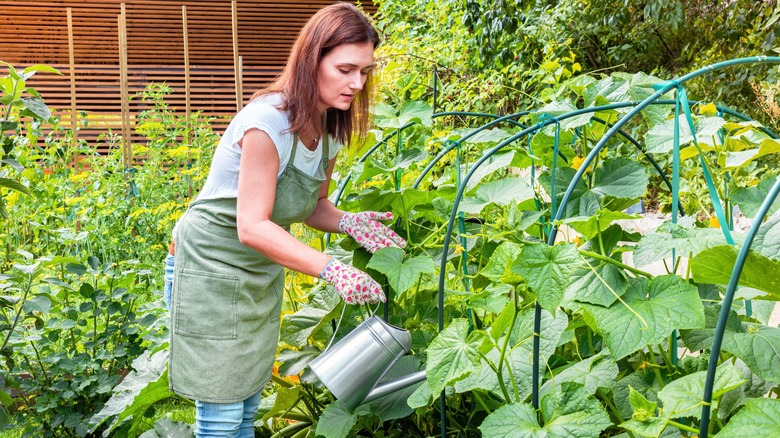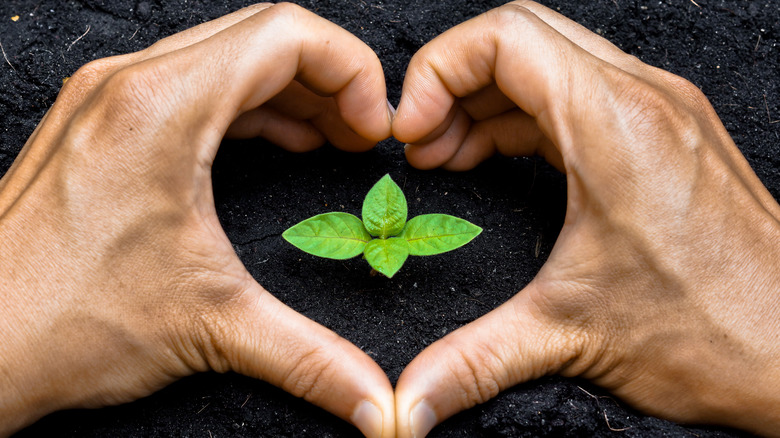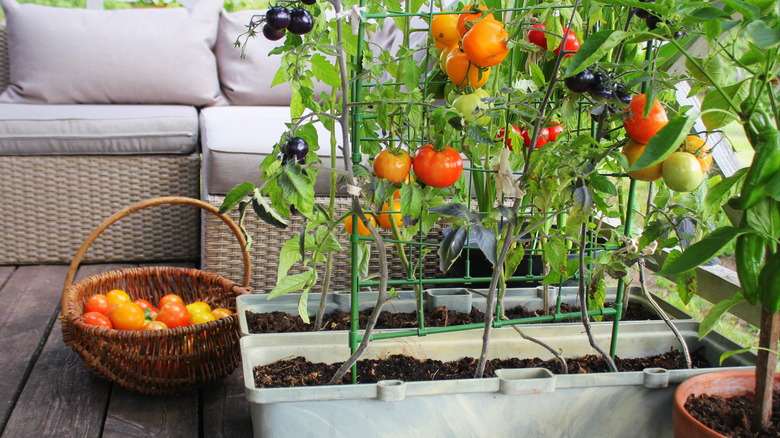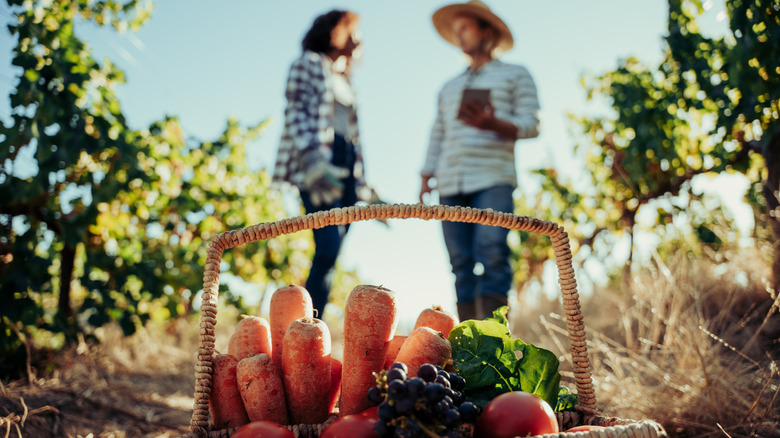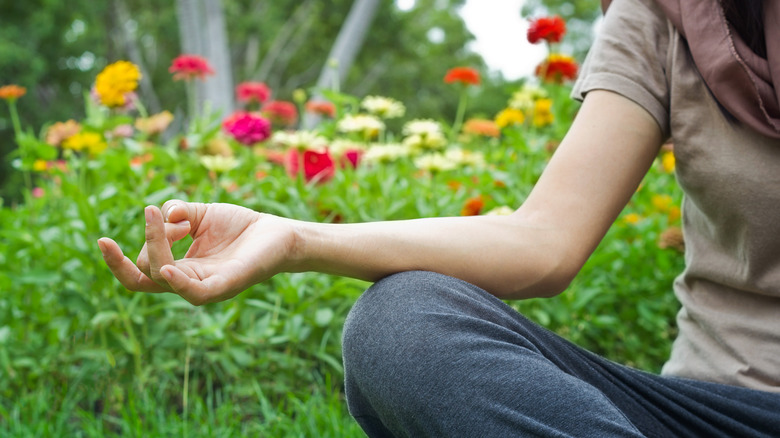Embrace Gardening As A Mindfulness Exercise With These Tips
If you are looking to step out of the rat race and embrace a calmer lifestyle, look no further than gardening. Gardening provides us a path to clear our minds and get into the present moment. Not only is gardening healthy for our mind, but it also serves as a good activity for our physical body. There is nothing like getting outside under the sun, digging in the soil, and working with our hands. In fact, a Harvard University study found that people who live near a green space have lower rates of mortality. The analysis showed that frequenting green spaces with lots of vegetation helped to reduce physical and mental illness.
Gardening as a mindful practice couldn't come at a better time. With spring soon upon us, and the high demand for an alternative food source due to supply shortages, more people are starting to grow their own food. What if you don't have space for a garden where you live? Not to worry, there are many options out there for gardening with or without the available backyard space. Let's explore all the ways we can use gardening as a mindfulness exercise.
Garden with all your senses
Although the word mindfulness may allude to a full mind, it actually means that your mind is fully present in the moment — you are fully engaged. Your mind is so focused on the task at hand, it is actually crystal clear. So, how do we get there through gardening? This is where our senses come into play. According to Mind & Soil, the way to become fully engaged in the present moment while gardening is to use the five senses: hearing, touch, smell, sight, and taste.
Before you even start gardening, take a few minutes to breathe in the air if you are outside. Sounds such as birds chirping, lawnmowers running, or the trees moving in the wind can start to fill your ears. Kneeling down and touching the soil and plants will bring you out of your head and into the present moment. What do the plants, herbs, or flowers smell like? Gardens are full of beautiful scents to lift the mood. Glancing around the space, take in your surroundings. Really appreciate the tiny intricacies of the plants. If you are fortunate enough to have food to harvest, try picking and eating a ripe veggie in your garden. The taste of fresh food you have grown from a seed is like no other. The path to mindfulness starts with our senses because they allow us a way to stop our thoughts and be present.
Decrease distractions while gardening
All of this sounds great, but it doesn't matter if you are constantly distracted. Before you start your mindful gardening exercise, put the tech away. Phones can take away from the task at hand, so be sure to shut them off or leave them in the house, especially if you think you have an addiction to your phone. There is no need to check the tech anyway — only the plants or flowers should have your undivided attention. For those with little ones, it may be a little trickier to practice mindful gardening, but not impossible. If you have someone to watch them for a bit, use that as your me-time to get away and be present. If you have a safe space for kids to roam about, use that time to let little ones be independent while you focus on the garden.
It's also easy to get distracted when first starting the garden for the year, because there may not be anything to harvest yet. That's ok, just focus on weeding the soil, watering the plants, pruning the dead leaves, and cleaning the area. Gardening is a great lesson in patience and persistence. Sometimes the plants take months to fruit, so it's important to use that opportunity to be mindful of any annoyances.
Let the plants heal you
In order to take mindful gardening a step further, let the practice of gardening be healing. What does this look like? Imagine each weed as a stressor in your life and visualize yourself removing these thoughts one by one as you pull the weeds. Use the act of tossing out unwanted weeds to signify letting go of intrusive thoughts. You will feel lighter as you clear out the garden beds of unwanted weeds, making room for only the good stuff.
Gardening is also a great time to check in with yourself. Whether you have an outdoor garden, indoor plants, or greenhouse, use the time you spend with plants to see how you are feeling. As you water the plants, imagine that you are pouring love into them and see how that makes you feel. When was the last time you gave yourself that much love and patience? Tending to plants allows you to be intentional with your inner self, acknowledging the fact that both you and nature are alive.
Types of indoor gardening
Growing plants doesn't have to be something that is only done outside in a picture-perfect backyard setting. Depending on your living space, you have many options for practicing mindfulness while you garden. If you are new to the garden game, consider starting with herbs in your kitchen such as basil, thyme, rosemary, or oregano. There are many garden herb kits out there you can purchase if you aren't sure where to start. Use presence and intention as you plant the seeds and watch over time as the herbs grow. When they are ready to be cut and used in cooking, you will have a great sense of satisfaction knowing you grew those flavors.
If you have a patio or balcony to use, outdoor pots come in handy for growing a variety of veggies. Healthy greens such as lettuce, kale, and spinach are great for growing in pots to use for salads and sandwiches. For more seasoned gardeners, hydroponic gardening is becoming a popular alternative to outdoor gardening. Essentially, hydroponic gardening doesn't involve the use of soil, rather the plants are in a container filled with water and nutrients (per The Spruce). The beauty of the greenery will soon fill your home as your plants grow, giving you an ideal situation to find peace and calm.
Lean on your community
If you have no desire to have a garden in your home or yard, another way to try mindful gardening is to look within your community. Community gardens are becoming a great way for people to garden outside without the hassle at home. According to Food Revolution, people tend to turn to gardening during times of insecurity in the world. So, it makes sense that community gardens are popping up everywhere at this moment in time. You can find them in schools, hospitals, neighborhoods, churches, and clubs — basically, any place where groups of people gather.
You may think that being mindful in a public space such as a community garden is impossible, but it's actually perfect. These types of gardens bring people together, are sustainable for the environment, improve food security, and have healthy benefits. The community garden may be the only time you are able to get outside and be in nature each week. Utilize this time to really take in the life around you, breathe deeper, and find gratitude for the moment. In a world where we often lack connection, a community garden offers the perfect opportunity to meet other mindful friends.
Mindful practices in the garden
There are so many mindfulness exercises you can do in or near your garden. Mindful breathing, meditation, and practicing gratitude are all examples of practices that can be done near your plants. These practices also require nothing except you and an area near the garden to sit. Make a designated meditation space in your garden, and use this space each time you are in need of a reset. Maybe you have a meditation practice that you like to do already, see how it changes when you practice it in your garden area. Grounding, or earthing, is another mindful practice to use in the garden. Grounding includes walking barefoot or lying on the ground in order to reconnect you to the earth.
Maybe meditation isn't your thing, but you still want a specific mindful practice to use in or near your garden. Use the serene garden area to read a good book, write in your journal, do your favorite craft, charge your healing crystals in the sun, or practice some yoga stretches. Anything you like to do that helps you stop the train of thoughts can be a perfect way to be mindful in the garden.
